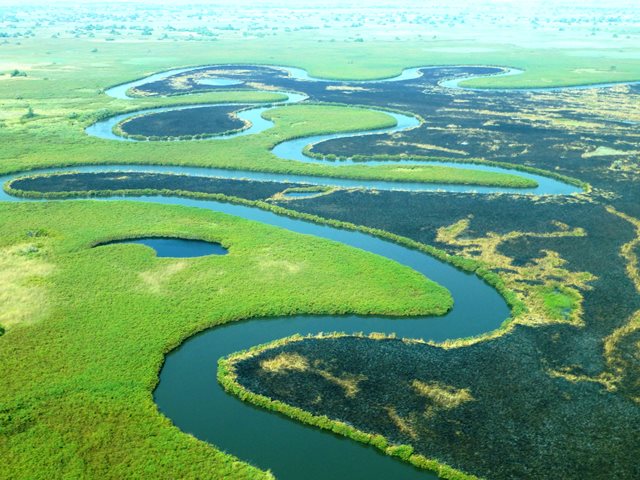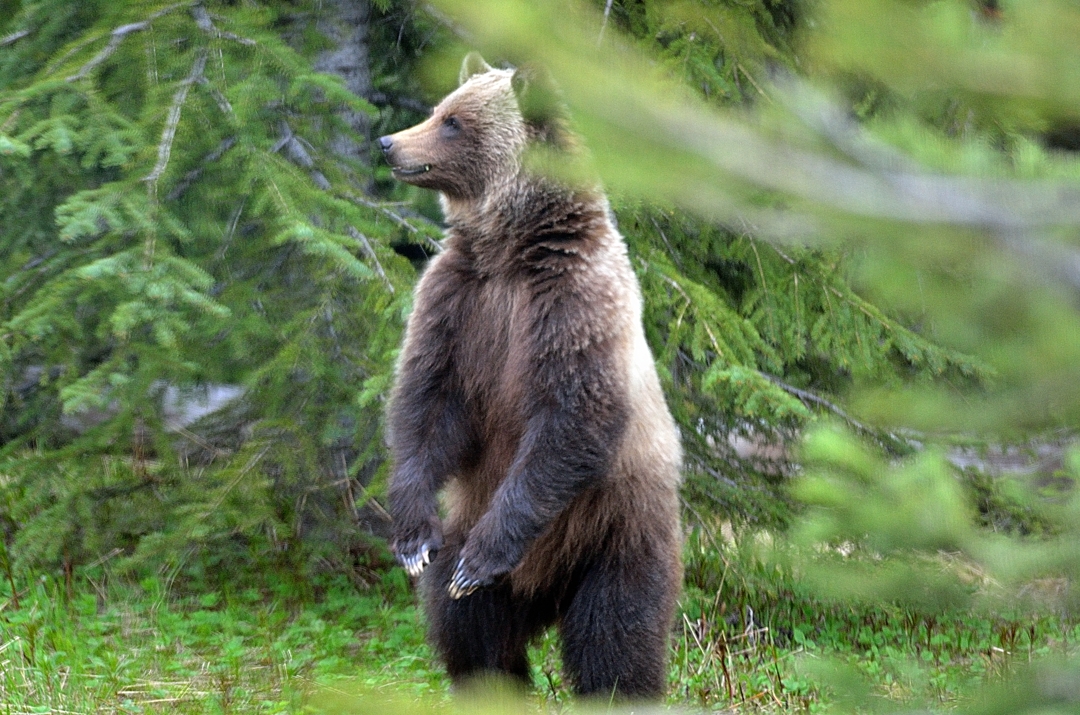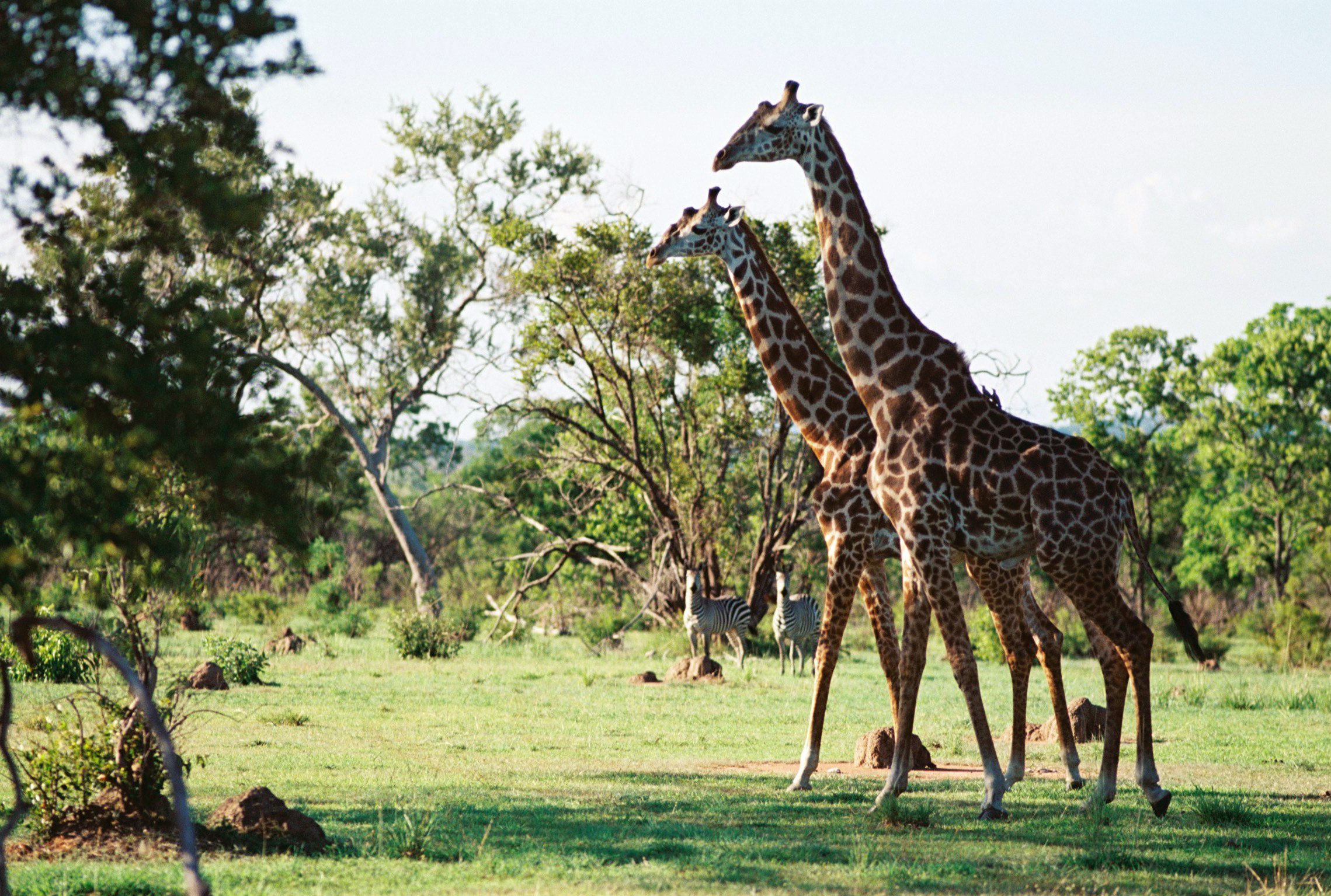World Heritage status for wilderness helps respond to climate change
Nature experts, including several IUCN specialists, are calling for a new approach to conserving wilderness areas under the World Heritage Convention in a paper published today in Conservation Letters. Inscribing wilderness sites on the World Heritage List and improving their connectivity would help respond to climate change and biodiversity loss, according to the article.
Wilderness areas are large, biologically intact landscapes that are free from industrial infrastructure. Conserving them effectively can be challenging due to their size, but they are key for the survival of many plant and animal species, and essential to the livelihoods of local communities as well as the protection of indigenous cultures.
“The World Heritage Convention is a powerful international instrument and it can provide the leadership required for wilderness and large-landscape conservation,” says Cyril Kormos, Vice Chair for IUCN’s World Commission on Protected Areas and lead author of the paper. “Protecting intact nature at large scales helps stabilize the climate and allow species to move and adapt to changes in the environment, so protecting them is a high-priority response to climate change.
Wilderness areas play a crucial role in helping species survive climate change events by providing options such as refuge or dispersal. For example, the Guanacaste Conservation Area, a World Heritage site in Costa Rica, links coastal areas to mountain ranges, allowing plants and animals to move to higher ground in case of sea level rise or rising temperatures.
Conservation of World Heritage biodiversity in many cases can be achieved thanks to large, inter-connected areas. The Grizzly Bear moves across several North American World Heritage sites which are connected by wilderness.
Out of 229 natural sites currently listed as World Heritage, 63 include large areas with wilderness values, covering over 85 million hectares in total – nearly two thirds of the land area in natural World Heritage sites. These include iconic sites such as Austrialia’s Great Barrier Reef or Tanzania’s Selous Game Reserve.
However, the World Heritage Convention provides little or no protection to many exceptional wilderness areas, which are now facing increasing global threats, particularly from industrial activities and climate change, according to the article.
Eight out of 24 wilderness areas identified as globally important have less than 1% of their total area within natural World Heritage sites and two have no World Heritage protection at all, including the Chaco dry forests, South America’s largest forested area after the Amazonia.
In some listed sites, lack of conservation at the wider landscape level has resulted in World Heritage values being eroded. For example, in the Greater Yellowstone Ecosystem, migrations of the Pronghorn Antelope, which is included in Yellowstone National Park’s World Heritage values, have dropped by 75%.
The new approach discussed in the paper would ensure the intregrity of natural World Heritage sites is maintained and improved, according to the authors, who include experts from IUCN, as well as other organisations such as Conservation International, the Wildlife Conservation Society and the Yellowstone to Yukon Conservation Initiative.
“The World Heritage Convention is in a unique position to offer guidance for innovation and strategic conservation, ensuring listed sites benefit from the highest standards of protection,” says Tim Badman, Director of IUCN’s World Heritage Programme. “Increasing the coverage and connectivity of well-managed wilderness areas within the World Heritage List can only contribute to its strength and relevance.”
A new wilderness approach to World Heritage would not only boost protection of intact nature, but could also help engage indigenous peoples in the World Heritage Convention, according to the article.
Wilderness landscapes support the livelihoods of local communities and host thousands of indigenous cultures. In many cases, these areas remain intact because they have been under the stewardship of indigenous peoples for centuries or millenia.
For example, traditional knowledge on the conservation of the Okavango Delta in Botswana has been passed on through generations of the San community, who consider nature as the foundation of their culture.
To provide technical guidance for this new approach, IUCN is currently undertaking a study to identify wilderness gaps on the World Heritage List and candidate sites for potential inscriptions. IUCN is the official advisory body on natural World Heritage.
The paper, A Wilderness Approach under the World Heritage Convention, is available online at this link.







